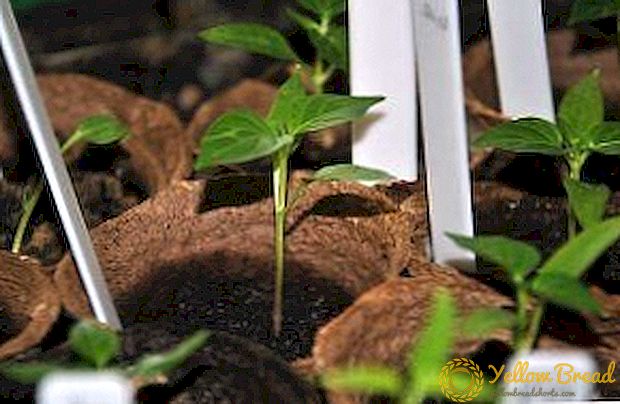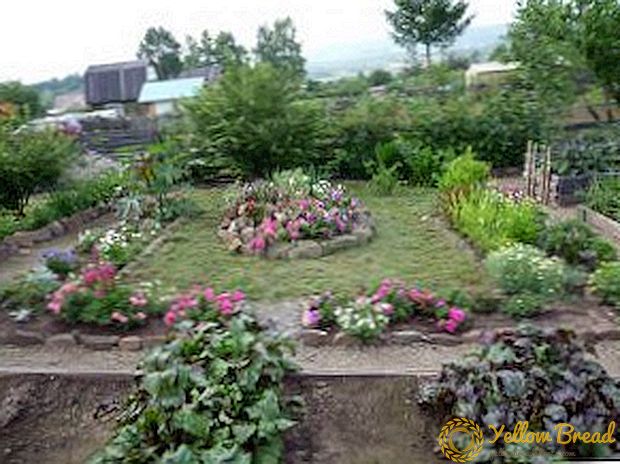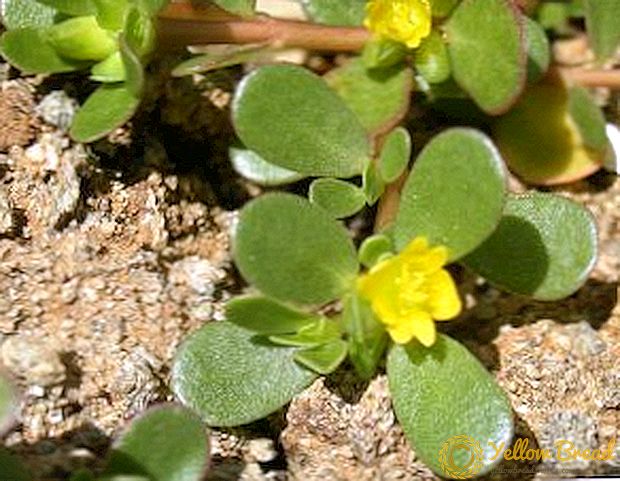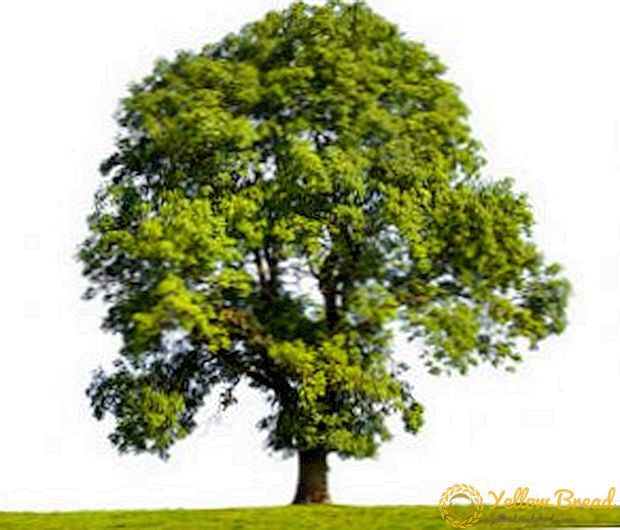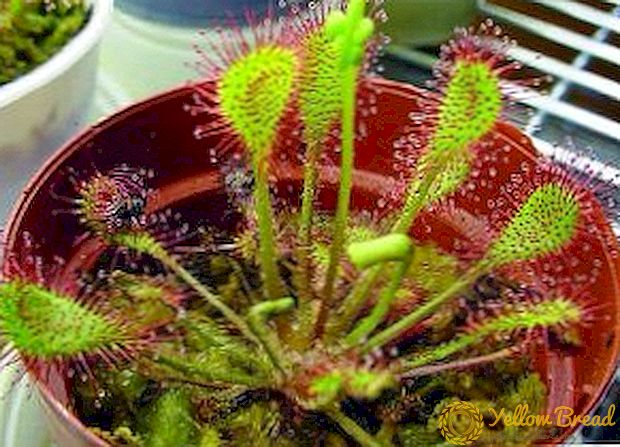 The Alpine goat breed is a very ancient breed. It was withdrawn in the cantons of Switzerland. For a long period, these goats lived only on alpine pastures (this is where the etymology of the name comes from). In the twenties of the twentieth century, this breed spread to the territory of Italy, France and the United States, where, in fact, it gained its high popularity.
The Alpine goat breed is a very ancient breed. It was withdrawn in the cantons of Switzerland. For a long period, these goats lived only on alpine pastures (this is where the etymology of the name comes from). In the twenties of the twentieth century, this breed spread to the territory of Italy, France and the United States, where, in fact, it gained its high popularity.
The Alpine goat breed has greatly influenced the development of many other species. Thus, in different countries, as a result of the interbreeding of this breed with local, Oberhazlis, mountain Alpine, Swiss Alpine, American, British and French alpine goat breeds appeared.
- 1. Appearance
- 2. Advantages
- 3. Disadvantages
- 4. Features
- 5. Productivity
- 6. Features breeding
1. Appearance
 Externally, the Alpine breed is quite large in comparison with other breeds. Alpines have a rather varied color: from gray to brown, and from white to black.
Externally, the Alpine breed is quite large in comparison with other breeds. Alpines have a rather varied color: from gray to brown, and from white to black.
Regarding the general color of the breed, it can be said that the limbs to the knees, lower abdomen, muzzle and ears are dark. A very long period as a sign of the breed could be any color, but in modern times, in contrast to the brown toggenburg and white Saanen breeds, the color of the Alpine has changed completely.
Although the breed is quite large, it is graceful and has a strong constitution. The height of the goats at the withers is 66-76 cm, the goats - 79-86 cm. The head is short and light, the horns are oval and flat. The profile is straight, the ears are erect and straight. Wide and voluminous, deep chest, short neck, straight back with a narrow sacrum - the main features of the appearance of this breed.
The Alpine breed has very thin and short limbs, which may seem quite fragile. But, on the contrary, they are very persistent, strong hooves, which are very soft and elastic inside, very hard from the outside. Most of these goats have short hair, although they are rather long on the hips and back.
2. Advantages
 This breed is very fertile, and under normal conditions it can produce up to four kids in one litter. The main feature of the Alpine goats is their ability to adapt to any terrain and to different climatic conditions. The nature of the goats is very "easy", as they are quite friendly and responsive to their owners. However, in relation to other species and breeds, they try to be higher and dominate the rest. That is why it is safe to say that the Alpines will not be starved.
This breed is very fertile, and under normal conditions it can produce up to four kids in one litter. The main feature of the Alpine goats is their ability to adapt to any terrain and to different climatic conditions. The nature of the goats is very "easy", as they are quite friendly and responsive to their owners. However, in relation to other species and breeds, they try to be higher and dominate the rest. That is why it is safe to say that the Alpines will not be starved.
The Alpine goat breed is distinguished by its supernatural unpretentiousness to its food ration. The same can be said about the content of this breed, because they absolutely no matter what conditions they live in and how the host belongs to them.
3. Disadvantages
 The main and one of the significant shortcomings of the Alpine breed is its egoism and egocentrism. In relation to the owner, she is kind and gentle, but in relation to herd mates - is different.
The main and one of the significant shortcomings of the Alpine breed is its egoism and egocentrism. In relation to the owner, she is kind and gentle, but in relation to herd mates - is different.
Because of their morality to dominate other breeds in the herd, they can starve other species. In extreme cases, disobeying them from other goats, they can drive them away from the feeder and repel them with their horns.
4. Features
 The main feature of this breed is its versatility. Alpine goats have impeccable indicators in terms of productivity, because they produce a very large amount of milk, which strengthens its position at the expense of quality. So the alpines themselves have excellent data and opportunities for fruitfulnesswhere they rightfully occupy a high position in relation to other breeds.
The main feature of this breed is its versatility. Alpine goats have impeccable indicators in terms of productivity, because they produce a very large amount of milk, which strengthens its position at the expense of quality. So the alpines themselves have excellent data and opportunities for fruitfulnesswhere they rightfully occupy a high position in relation to other breeds.
Along with these features, Alpines are excellent specimens for modifying and improving other goat breeds.In the course of breeding with other species, almost everyone had changes in the area of productivity (increase in fat content and milk quantity), as well as in the field of fertility (if before one litter had one goat, then as a result of selection the selected individual will give two or three per one litter).
5. Productivity
 The Alpine goat breed has excellent performance in the field of milk productivity. An adult goat has a weight of 60-64 kg, and a goat - 75-80 kg. Since goats are many-fertile, up to four kids can be brought in one goat. There is also a very high milk productivity: for one lactation, which lasts an average of about 315 days, you can achieve results in 750-1000 kg. If the goat is kept in excellent conditions, it has an excellent diet, then milk yield can reach 1600 kg of milk.
The Alpine goat breed has excellent performance in the field of milk productivity. An adult goat has a weight of 60-64 kg, and a goat - 75-80 kg. Since goats are many-fertile, up to four kids can be brought in one goat. There is also a very high milk productivity: for one lactation, which lasts an average of about 315 days, you can achieve results in 750-1000 kg. If the goat is kept in excellent conditions, it has an excellent diet, then milk yield can reach 1600 kg of milk.
A record milk yield per lactation was recorded in the United States and amounted to as much as 2215 kg of milk. These are simply astounding figures that leave virtually all other highly productive dairy goats behind.
The fat content of milk depends directly on the conditions of the goat. Thus, the percentage of fat content can vary from 3.5 to 5.5%. Milk has a very pleasant and delicate flavor. That is why it is very often used for making different types of cheeses.Meat productivity is satisfactory.
Milk daily productivity reaches 8 kg of milk. In addition to 5.5% fat content, such milk in different cases can contain up to 4% protein, which is also a high indicator.
6. Features breeding
 Since this breed has an excellent character in relation to the owner, it will not be difficult to find a common language with it. The same applies to her ability to adapt to different conditions of detention in different territorial areas. That is why alpines have excellent endurance to a variety of weather conditions.
Since this breed has an excellent character in relation to the owner, it will not be difficult to find a common language with it. The same applies to her ability to adapt to different conditions of detention in different territorial areas. That is why alpines have excellent endurance to a variety of weather conditions.
Alpine goats are fed the same way as ordinary goats. But there is another distinguishing feature that is very important for the productivity of a given breed: water. Drinking is the master's main tool in creating suitable conditions for a successful yield. That is why they need more times to drink more water than other high-milk goats.
For walking alpine goats give preference to mountainous surroundings, and more specifically - large pastures. With the breeding of the Alpine breed any little novice can quite cope.
Crossing goats with other species will bring wonderful offspring, which at times surpass their parents. It is “interbreeding” that gives an opportunity to get worthy fruitful offspring.
In aggregate with all the qualities of the Alpine goat breed, it is safe to say that it rightfully occupies one of the highest places among the high-milk goats. Proper feeding, proper care (by this we mean kindness, warmth and care in relation to), frequent conclusions on mountain pastures, will bring the highest results, both in the field of fruitfulness and posterity, and in the field of productivity of fine, high-quality milk.

